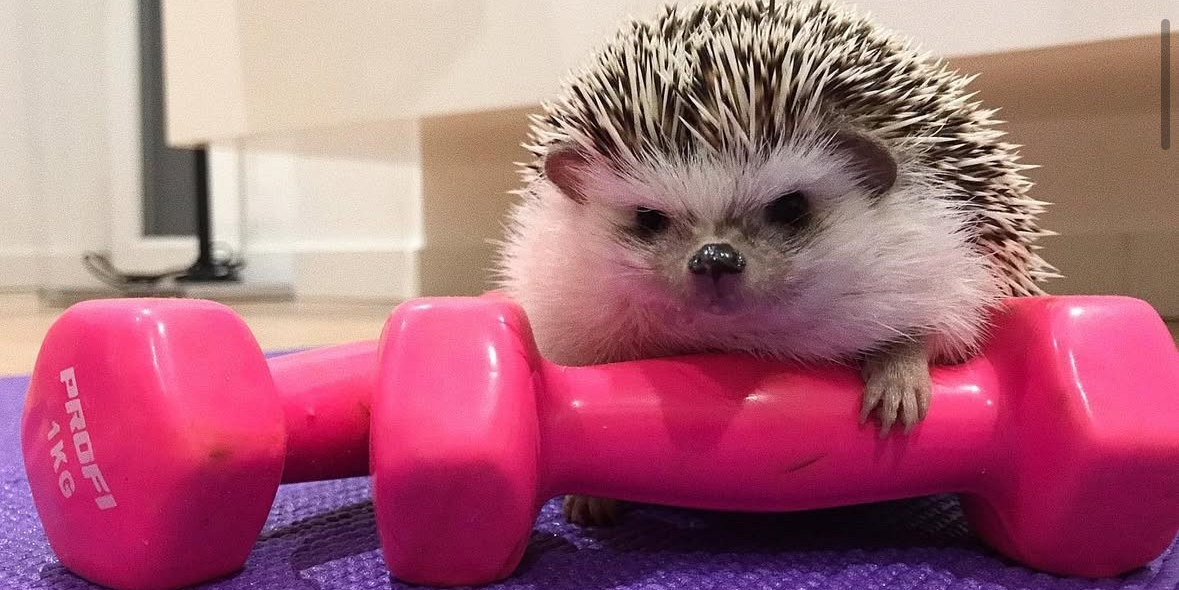
Embedded affection
To better understand the phenomenon, the researchers created a framework that explains the digital object’s journey from creation to circulation, working mostly on the social media platform Instagram. They interviewed content creators, animal page managers and their followers and used their own personal experiences with their own animal companions to map out how an image makes its way across a digital affective network.
The first step is indexicalization. This is taking an image, gif or video of an animal and adding an emotional cue or meaning to signify one’s relationship with it. This can take the form of putting an animal in clothing, adding a hashtag, captioning it with loving language or puns and so on. This imbues the loving relationship between the human and animal into a digital representation. Sharing it with a small network or an individual can be considered a form of pebbling.
Next comes re-indexicalization. This occurs after the content is shared in a network and interacted with in what is called a techno-affective encounter. This leads to additional cues being embedded into the content either with or without additional text. Re-indexicalization makes the cues understandable exclusively to a social network based on shared histories and creates a parasocial relationship between the human consumer and the animal.
The last step, decontextualization, occurs when the personalized information is stripped or altered by a content curator to appeal to a broad audience without a parasocial relationship. The best (and richest) curators are expert at embedding culturally relevant cues that reflect a strong connection with pop culture and zeitgeist. Through this, animal photos become memes that appeal to a wide range of people outside the initial audience for which they were intended.
Arsel notes that while this paper focused exclusively on animal content, the framework it describes is transferable to other fields, such as content depicting delicious food or cute children.
“This paper has societal implications in the sense that it explains something that we do very often and usually without question,” Arsel says. “We wanted to uncover this hidden network, and it all starts with content creators.”
Read the cited paper: “Digital Affective Encounters: The Relational Role of Content Circulation on Social Media.”
This post was originally published on this site be sure to check out more of their content








